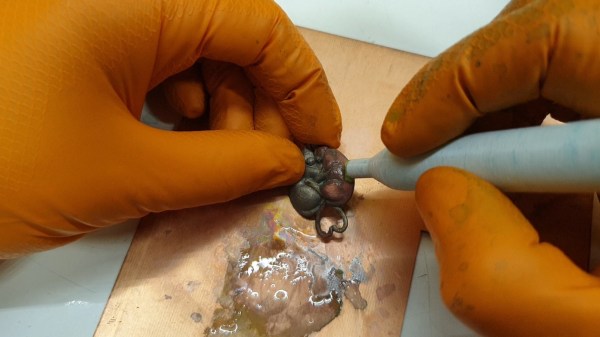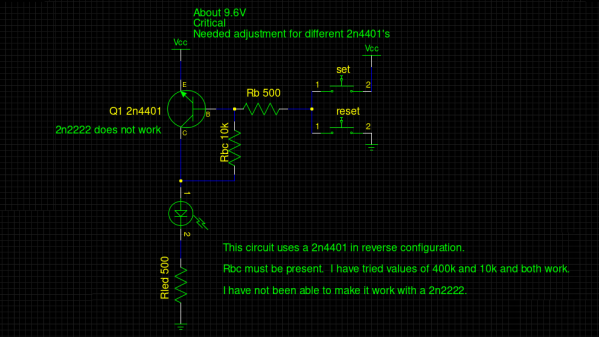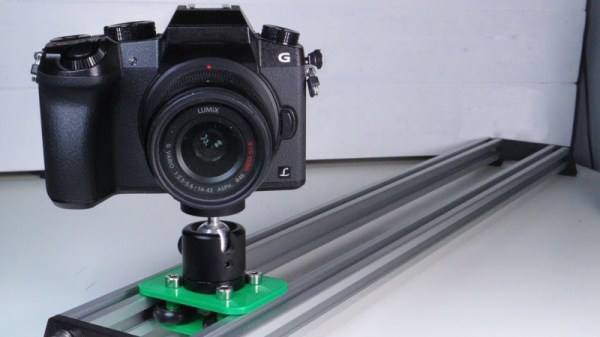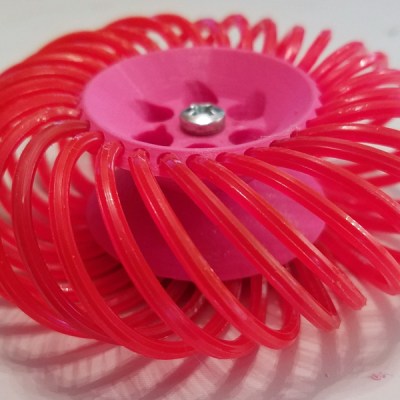If an object is conductive or has been given a conductive coating, it can be given a metal skin via electroplating. Electroplating is a simple process that is perfectly accessible to anyone in possession of vinegar, salt, a power supply, and some metal such as copper or nickel.

The process might be simple, but as with all such things there are a few gotchas. One of them is this: because electricity follows the path of least resistance, recessed areas of an object may not electroplate well (or at all) no matter how long the object is left immersed. To address this, [Brodie Fairhall] designed a 3D printed electroplating marker. The marker is essentially a more refined version of brush plating, and allows more precision and control than full immersion in an electrolyte bath.
[Brodie] created an excellent video that explains all one needs to start electroplating, and demonstrates using his marker to electroplate complex recessed shapes. Watch him coat a 3D-printed cat pendant in both copper and nickel in the video embedded below. It’s concise, well-edited, and chock full of useful tips.
Continue reading “Make An Electroplating Marker, Because Plating Complex Objects Is Hard”




















